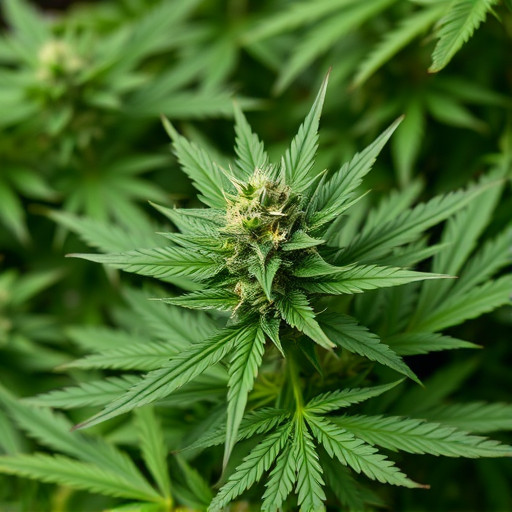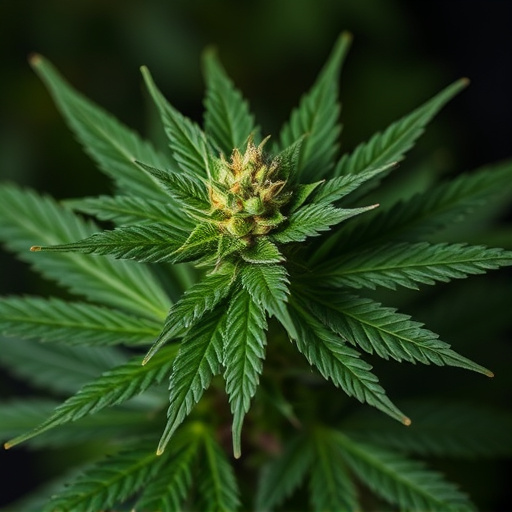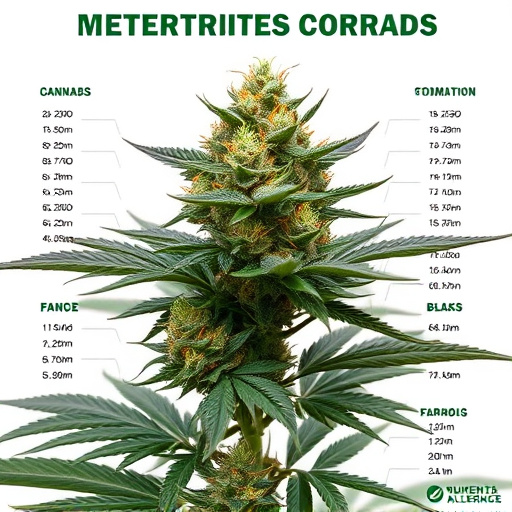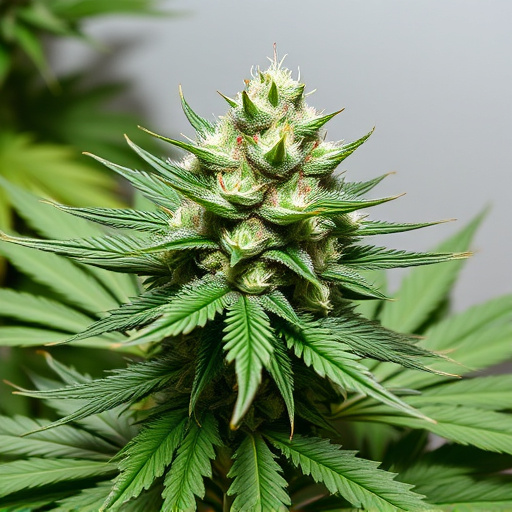Drug tests, including those for cannabis using advanced methods like GC-MS, are crucial for ensuring public safety across sectors. The growing legality of medical and recreational cannabis has led to increased interest in its impact on test results, especially from the strongest strains containing elevated THC levels (often >25%). These strains can result in prolonged detectability in drug screenings, affecting workplace and legal systems. Understanding these effects is essential due to potential long-term health implications.
Weed, or cannabis, has become a ubiquitous presence in modern culture. But understanding how it shows up in drug tests is crucial for both users and employers. This article delves into the science behind detecting cannabis in the body and explores the impact of the strongest cannabis strains on testing outcomes. By examining these factors, you’ll gain insights that dispel myths and provide a clearer understanding of this evolving landscape.
- Understanding Drug Tests and Their Purpose
- The Science Behind Detecting Cannabis in the Body
- Identifying the Strongest Cannabis Strains and Their Impact on Testing
Understanding Drug Tests and Their Purpose
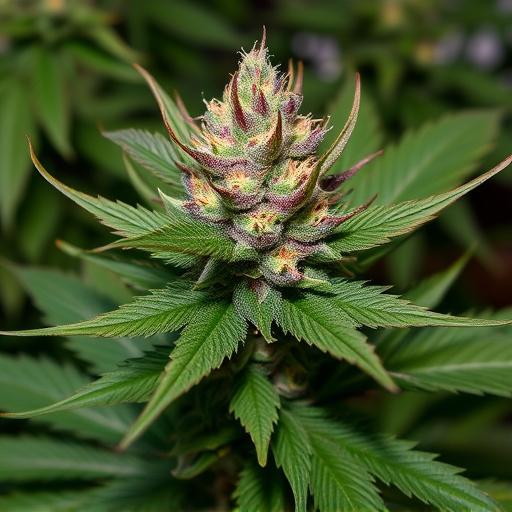
Drug tests are designed to detect the presence of specific substances, including illegal drugs and certain prescription medications, in an individual’s system. These tests play a crucial role in various settings, from workplace safety to legal proceedings and healthcare assessments. The primary purpose is to ensure public health and safety by identifying substance abuse or unauthorized drug use. One common area where this raises questions is regarding cannabis, particularly the strongest cannabis strains, and their potential to appear on these tests.
While cannabis has gained legal status in many regions for medical and recreational use, understanding its impact on drug screens is essential. The active compounds in cannabis, such as THC (tetrahydrocannabinol), can be detected through various testing methods, including urine, blood, or hair analysis. Given the wide range of cannabis products and strains with varying THC levels, individuals using medicinal or recreationally may need to consider how these choices could influence the outcome of a drug test.
The Science Behind Detecting Cannabis in the Body
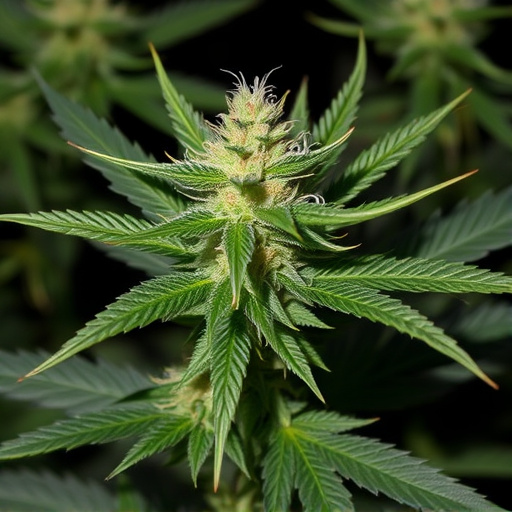
The science behind detecting cannabis in the body is a complex process that involves advanced testing methods to identify the presence of cannabinoids, particularly THC (tetrahydrocannabinol), the primary compound responsible for the plant’s psychoactive effects. When someone consumes cannabis, whether through smoking, edibles, or other means, THC and its metabolites enter the bloodstream and are transported to various organs, including fat cells and the liver. These metabolic byproducts can remain in the body for extended periods, making post-consumption testing possible even after weeks or months.
Modern drug tests utilize sophisticated techniques like gas chromatography-mass spectrometry (GC-MS) to detect these trace amounts of THC. This method allows labs to analyze urine, blood, or hair samples with remarkable accuracy, identifying not just the presence but also the quantity of cannabis consumed. With advancements in technology, even minor traces from the strongest cannabis strains can now be detected, underscoring the importance of understanding the drug’s impact and its potential long-term effects on various aspects of health and life.
Identifying the Strongest Cannabis Strains and Their Impact on Testing
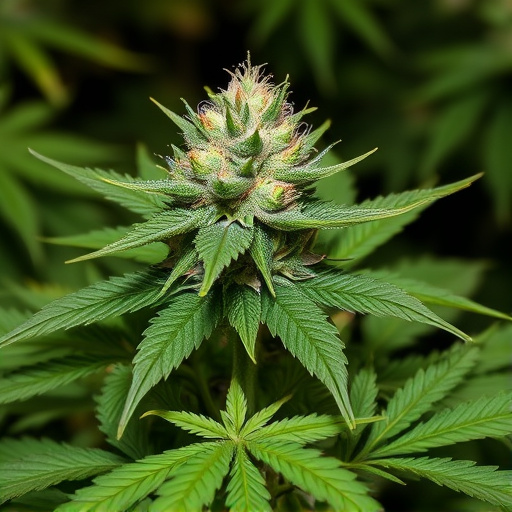
When it comes to drug testing, identifying the strongest cannabis strains is crucial as these plants can significantly impact test results. Certain varieties of cannabis have higher concentrations of THC (tetrahydrocannabinol), the primary psychoactive compound responsible for the “high” feeling associated with marijuana use. Strains like AC/DC, Granddaddy Purple, and Blue Dream are notorious for their high THC levels, often exceeding 25%.
These potent strains can lead to longer-lasting effects in drug tests, as THC remains detectable in the body for several days or even weeks after consumption. The impact of these strongest cannabis strains on testing is such that individuals using them may fail drug screenings, even if they consume relatively small amounts. This is particularly relevant in occupational settings where random drug testing is common, emphasizing the need to be aware of the strengths and effects of different cannabis varieties.
Weed, or cannabis, can remain detectable in drug tests for varying periods, depending on usage frequency and individual metabolism. The science behind detecting cannabis involves identifying its unique metabolic byproducts, known as cannabinoids, which can be found in urine, blood, or hair samples. While regular consumption of the strongest cannabis strains may lead to longer detection windows, understanding these processes allows individuals to make informed decisions regarding their drug testing risks.


